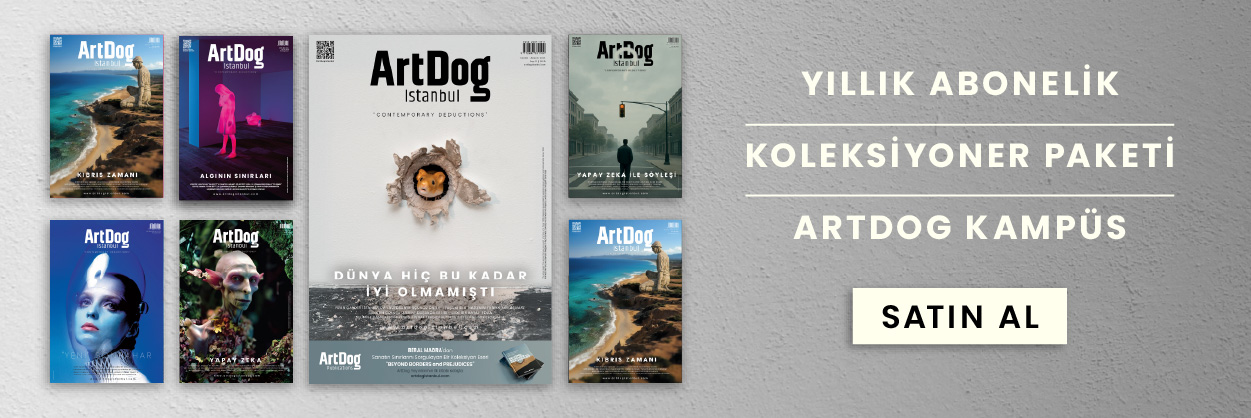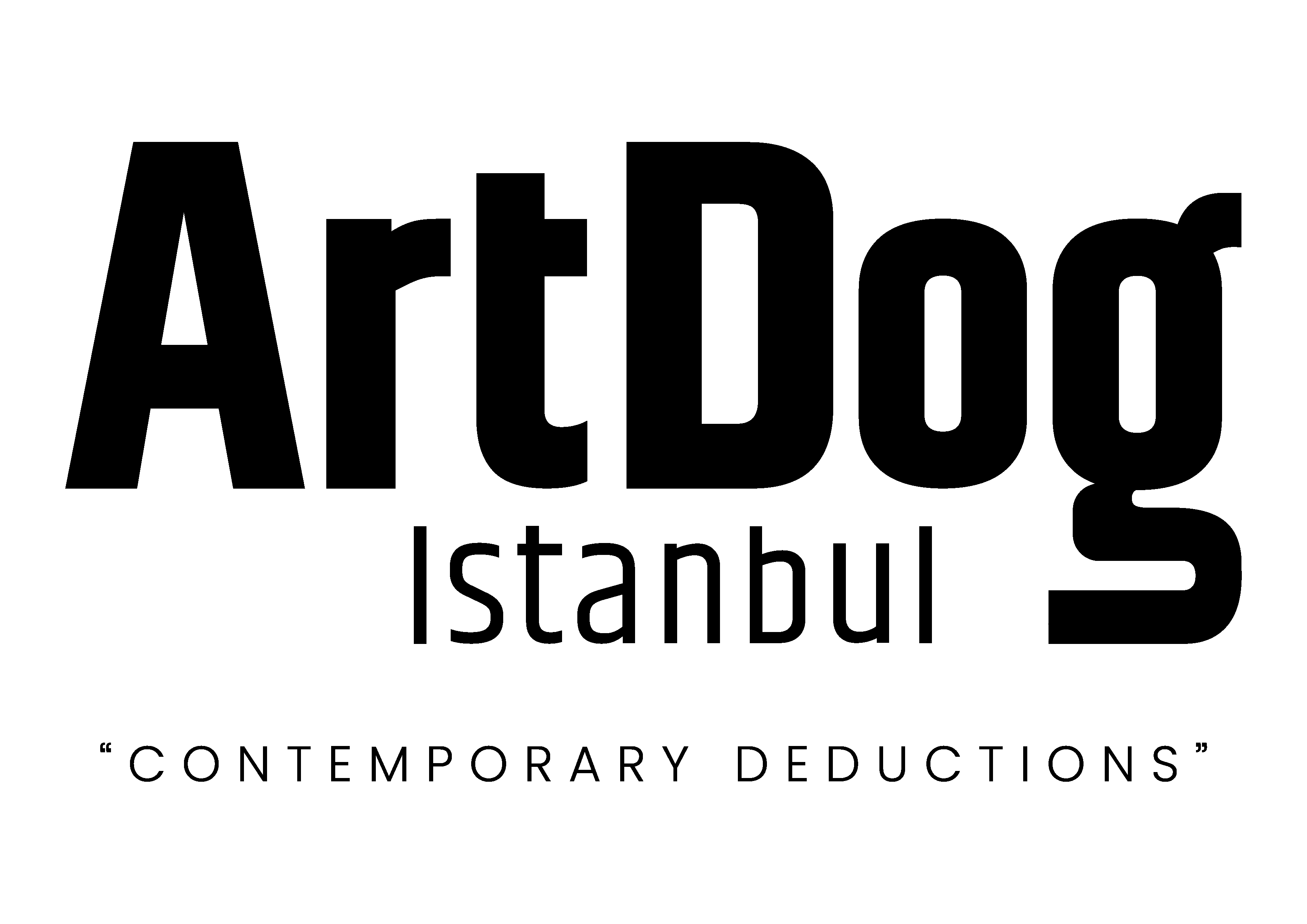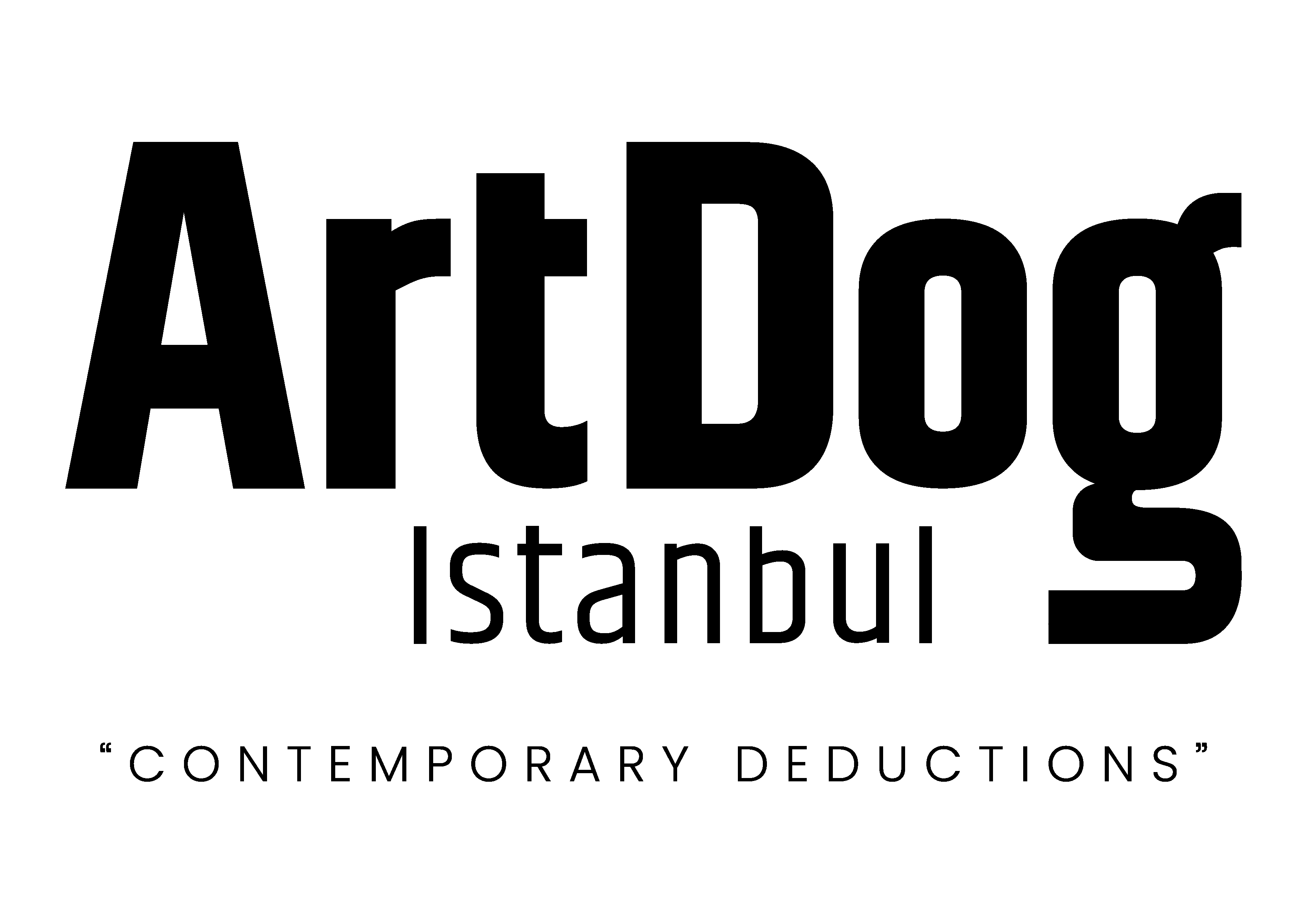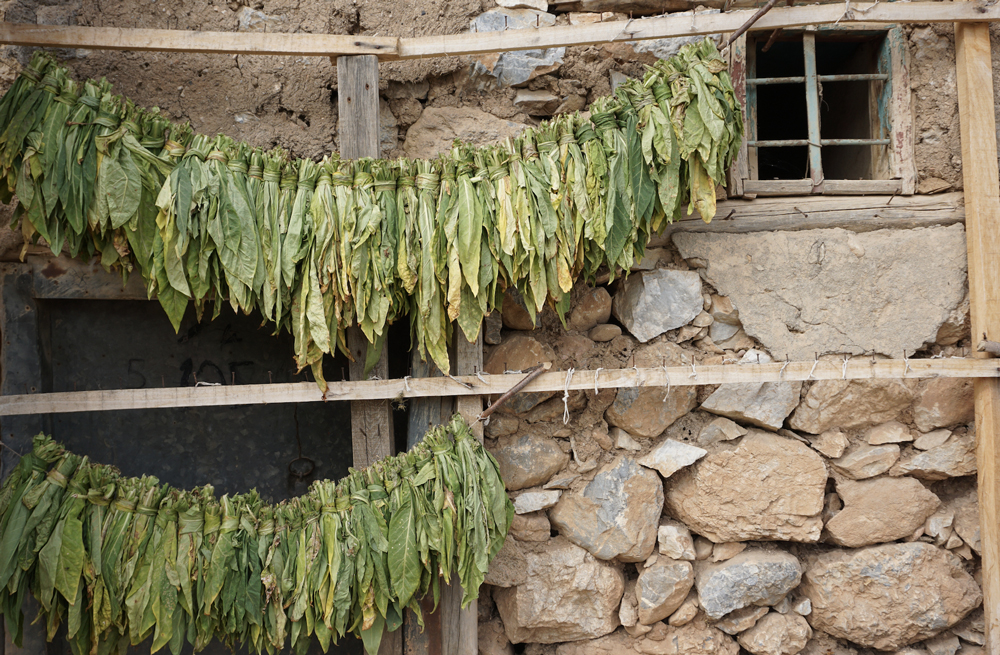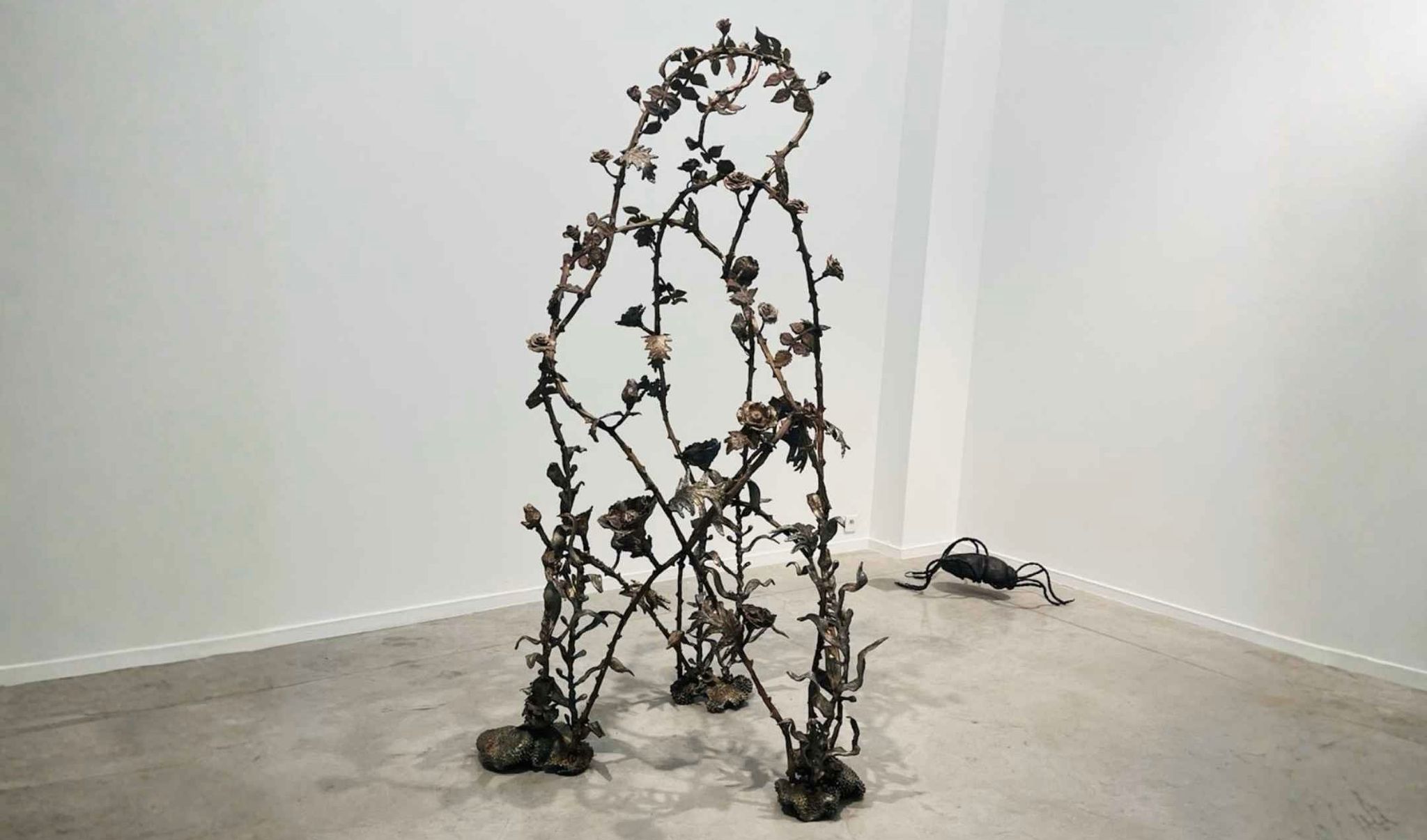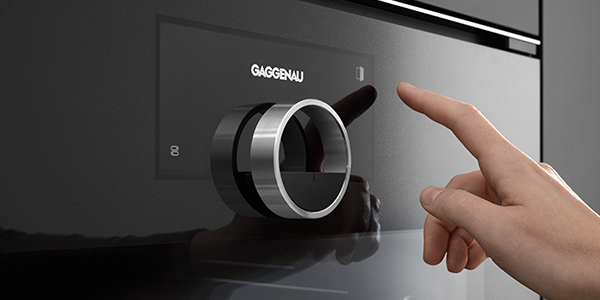Curated by Melike Bayık, the exhibition Yüzeyin Kabuğunda (On the Surface Belowground) presents new expressions about nature that humans remember, forget, destroy, or protect, through the works of Aşkın Ercan and Seniha Ünay. Meanwhile, Greenhouse Art Days, where the exhibition takes place, brings together the notion of ‘art and retreat’ in Geyikbayırı, while human beings themselves have forgotten, remembered, or even destroyed within themselves. The nature in Greenhouse Art Days somehow evokes a kind of void between forgetting and remembering.
Located in Geyikbayırı, Greenhouse Art Days stands among the mountains, in a place where the region’s plant diversity is most felt, at a point that always sees the sunrise and the moonrise. Here, it is possible to immerse oneself in art, free from distractions, far from the demands of daily life, and in touch only with one’s inner voice. What emerges is the ability to focus uninterruptedly on everything we desire, on creative processes, artworks, and artistic practice, and to discover new insights about the soul… In such a place, surrounded only by the sounds of birds and insects, a few people, tranquility, and endlessly growing mountains, it is inevitable to be immersed in art and creativity without interruption.
To be silent and ferocious
We discovered the exhibition Yüzeyin Kabuğunda (On the Surface Belowground), which opened on October 4, exploring both the healing and the ferocity of nature, in this atmosphere of uninterrupted focus and silence. The curator of the exhibition “Under the Surface,” the second exhibition of the Greenhouse Art Days initiative, Melike Bayık, drew inspiration from the Geyikbayırı region of Antalya and incorporated elements of her Yörük culture and this region into the exhibition’s design. The works we saw in the exhibition offer a new perspective on water, soil, certain types of trees, and river fish, treating nature not as a passive backdrop but as a carrier of memory and resistance. In this context, the exhibition Yüzeyin Kabuğunda also emphasizes the role of seclusion in art. Perhaps the best thoughts and creations emerge in these places of seclusion, in silence. Greenhouse Art Days showcases the abundance within nature, highlighting the richness and fertility of artistic expression.
‘On the Surface Belowground’, while questioning the relationship humans have established with nature in this era of ecological crisis, it explores how symbolic values attributed to water, soil, greenery, and trees have been shaped in cultural memory; it also opens up a discussion on how these values are transmitted to societies and transformed. Ecological definitions, legends, rituals, and oral history find meaning through the works in the exhibition, becoming visible. Thus, the relationship with nature reveals not only its physical but also its ethical and emotional dimensions. In this context, the perspective directed towards nature points not only to the depletion of resources but also to the change and loss of meaning caused by those who consume and recklessly destroy resources. The exhibition traces this loss and suggests that social awareness and consciousness should be sought not on the surface, but beneath it.
The Profound Impact of Change on Nature
The exhibition features Aşkın Ercan and Seniha Ünay. Both artists interpret nature by looking beneath the surface, deep down. At the exhibition held in the Greenhouse Art Days hall, we experience the works of both artists in dialogue with each other. On one side of the hall is Seniha Ünay’s work titled Nuray’s Forest, a piece consisting of trees she made one by one, inspired by the idea of a lost and destroyed forest. All the trees in this forest are actually the same tree. While conceptualizing this forest, Ünay focuses on the trees, forests, and nature destruction that have disappeared around her. Meanwhile, Ünay’s forest is accompanied by a sound installation. In this sound installation, Ünay utilizes the voice of Bob Ross, the renowned television painter. Ross’s words—“Let’s draw a little tree here, and let’s have a beautiful forest here”—actually harmonize with the forest Ünay has built with her own drawings. Ünay speaks to us of an artificial yet existing forest, of trees that once existed, and of a natural entity that has fallen into disrepair. Especially when considering the location of Geyikbayırı and Greenhouse Art Days between forests, this retreat area exists in harmony with Ünay’s forest.
Seniha Ünay says the following about the work: “Nuray’s Forest draws on the image of nature from Bob Ross’s The Joy of Painting program to open up a discussion on Düzce’s ecological and urban transformation within the context of Lefebvre’s concept of the ‘right to the city’. In this way, it pushes us to rethink the lost landscapes of human and non-human beings within the context of collective memory and utopia.”
Ünay’s work actually reflects a situation that has emerged from individual memory onto a collective space. It draws attention not only to the forest that Ünay remembers, but to the forests that we all remember and that are disappearing. In this way, it holds up a mirror to changing landscapes and testimonies.
The Healing Power and Purity of Water
Aşkın Ercan’s work, The Voice of the Past & Zerban, presents the healing power of water to the viewer. Again set in the Geyikbayırı region, this work progresses in parallel with water and memory, focusing on the healing aspects of understanding, listening to, and hearing water. Zerban is based on a mystical story of water and a spring trickling from the edge of a rock; a woman once prayed to God to turn herself into water. According to legend, those who drink Zerban water find healing. Ercan defines water as healing, purity, and truth itself. In this way, he evokes the memory of ancient cultures established with water and soil. Ercan’s works reveal the memory and cultural influences of water. With the installation of the sound of water and the accompanying arrangement, it reminds us of the impact of water on our lives and the damage done to pure water from nature. Ercan focuses on oral history, local wisdom, and everyday life practices in his water research, thereby opening up a space for discussion on the intersection of oral and written history.
The exhibition, which reminds us that the types of healing we have known for centuries come from nature, reveals that healing is not only about recovery; it also emerges as a form of remembering, witnessing, and confronting transformation. Water and soil are not merely materials; they also encompass ways of establishing relationships, creating meaning, and developing solidarity. The entire living ecosystem nurtured by water and soil reveals the powerful aspect of continuing as a visible culture of life despite humanity. The exhibition invites us to listen to the whispers of nature, reconnect with the forgotten, bond with the endangered, and establish communication with the invisible. In this context, the “surface crust” is positioned as both a threshold and a starting point.
Both artists invite us to reconsider the complex relationship between humans and nature through the symbolic and physical meanings conveyed by water and soil.
They invite viewers and those experiencing the exhibition to look beyond what is visible on the earth’s surface and contemplate the traces of memory, belief, ritual, and loss.
Oxytocin Medicine and Art Platform
Greenhouse Art Days, founded by Prof. Dr. Elif Vatanoğlu-Lutz, founder of the Oxytocin Medicine and Art Platform, and Züleyha Geels, creator of the Greenhouse concept, aims to reinterpret the elements of life through art.
Prof. Dr. Elif Vatanoğlu-Lutz and Züleyha Geels, creator of the Greenhouse concept, say the following about the “Elements That Shape Life” exhibition series: “With the awareness that art and nature have been intertwined in every period from the time cave paintings were made to contemporary art, our fundamental goal has been to remind us of our place in nature.”
According to Lutz, nature has always been the most important source of inspiration and the most creative reference point for artists. Artists can incorporate nature into their art through their observations, intuitions, and thoughts, and thus nature becomes the object of art, both as a constant companion in the artist’s creative process and, in many cases, as the result of that process.
Geels emphasizes that with this perspective, they attach great importance to taking art out of the gallery space and into nature: “We aim both to transfer the healing power of art to nature and to draw attention to the healing power of nature.” Greenhouse Art Days reopens the discussion, through the lens of art, on concepts such as global warming, ecology, environmental issues, and sustainability, which define humanity’s impact on nature—or, more accurately, its destruction.

